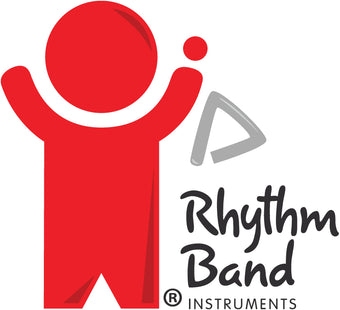While I see a lot of photos on Pinterest and Facebook, I haven't been dazzled yet. Many teachers focus on making the classroom look “cutesy” with colorful and fun decorations, but I'm not convinced this approach truly enhances children's learning.
The Reggio Emilia approach refers to the classroom as the third teacher. Loris Malaguzzi, the founder of this approach, “emphasized that the environment plays a central role in the process of making learning meaningful… (it) is a flexible environment, responsive to the need for teachers and children to create learning together… it is an environment that reflects the values we want to communicate to children” (Inspired by Reggio Emilia: Emergent Curriculum in Relationship-Driven Learning Environments | NAEYC).
As music teachers, we encounter a wide age range of children for short periods of time. Therefore, we need to be intentional about what we display on our walls and how we use our space:
- How can we make our anchor charts meaningful?
- What do they need to convey to facilitate learning together?
- What values are we trying to convey?
Let’s delve into each of these questions a bit more.
HOW CAN WE MAKE OUR ANCHOR CHARTS MEANINGFUL?
First, what are “anchor charts”? “An anchor chart is a way to display procedures, processes, strategies, or concepts that are important to current units of work. They serve as instructional support tools or “anchors”.” (10 Anchor Chart Ideas You're Going to Want to Steal for Your Classroom | Teach Starter). Typical anchor charts in a music classroom are:
- Instrument Families
- Composers
- Types of Music
- Elements of Music
- Curwen Hand Signs
Second, how can we make them meaningful? The question one must ask herself is “what will I be covering this year and what do I need on the walls to help kids learn it?”. For me, dynamics, tempo, instrument families and Curwen Hand signs are essential! Not only do my students need to see these when I am covering the corresponding concepts, but also throughout the year when we listen to music. These charts help reinforce the language we use to talk about music.
WHAT DO THEY NEED TO CONVEY TO FACILITATE LEARNING TOGETHER?
Anchor charts serve as a classroom reference. While I refer to them during teaching, the goal is for students to independently use each chart when they need a reminder or are trying to figure something out. For example, when we sing using solfege, the photos of the Curwen hand signs are super helpful! They empower students to use hand signs without my constant demonstration, freeing my hands to play instruments or conduct. Sometimes, they will use the signs without my prompting, working out pitch on their own. It’s thrilling to see!
WHAT VALUES ARE WE TRYING TO CONVEY?
I often display my students’ work on the walls inside and outside of my classroom. Additionally, I videotape my students singing or playing original works and share them on the school Facebook page (with permission, of course). This serves two purposes:
- It shows the students that I value their work in my class
- It demonstrates to the community the importance of what we do in the music classroom.
Both actions highlight that what a child creates holds meaning within our community. Everyone has something valuable to contribute!
CAN ANCHOR CHARTS BE FUN?
Absolutely! Having a game ready is always a good idea for when teachers are late picking up kids, you’ve covered everything for the day, or you have a few minutes left. Trivia games are particularly easy. For example, you might ask, “What is the highest instrument in the string family?” or “What dynamic indicates the music should be super quiet?” You can choose to cover up your charts during the game for an assessment or leave them as is to reinforce a new concept.
In the end, what’s on the walls can make a huge difference. The classroom as the “third teacher” plays a vital role in supporting your students’ learning.
SEE JULY's FEATURED ITEMS HERE:
Download a .pdf of this article HERE


